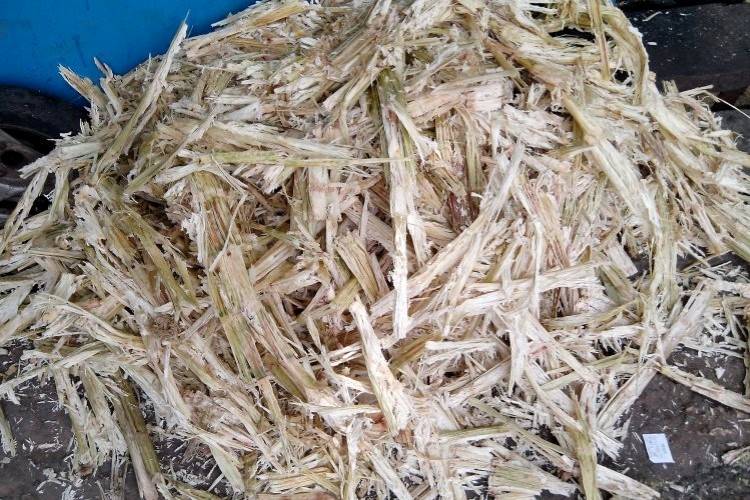
Here is some sweet news for diabetics and the agri industry. A sugar substitute called Xylitol can now be produced from sugar cane waste, using an improved fermentation technique. Researchers from the Indian Institute of Technology (IIT) Guwahati have developed a new method — an ultrasound-assisted fermentation — to produce what they claim to be a safe sugar substitute called Xylitol.
The researchers used sugar-cane bagasse, the residue left after the crushing of sugar cane. This method overcomes the operational limitations of chemical methods of synthesis and the time delays associated with conventional fermentation, they said.
A natural sugar alternative
Xylitol, a sugar alcohol, has antidiabetic and anti-obesogenic (obesity) properties. It is a mild prebiotic and protects teeth against caries. The consumption of alternatives to white sugar has seen a steady rise in the last decade because of increasing awareness of the adverse effects of sugar.
READ I Global warming will fuel wheat price spiral, hit crop yield in India
The findings have been published in the journal Bioresource Technology and Ultrasonics Sonochemistry. The IIT Guwahati research team was led by Prof. VS Moholkar, Department of Chemical Engineering, and included Dr Belachew Zegale Tizazu and Dr Kuldeep Roy who co-authored the research.
New xylitol process saves time, raises yield
“The use of ultrasound during the fermentation process not only reduced the time to 15 hours (against almost 48 hours in conventional processes) but also increased the yield of the product by almost 20 per cent,” Prof. Moholkar said in a statement.
The researchers used only 1.5 hours of ultrasonication during the fermentation which means that not much ultrasound power was consumed in the process. Thus, xylitol production from sugarcane bagasse using ultrasonic fermentation is a potential opportunity for the forward integration of sugar industry in India, he said.
In the normal course, Xylitol is produced by a chemical reaction in which wood-derived D-xylose, a chemical, is treated with nickel catalyst at very high temperatures and pressures — a process which is highly energy consuming. Only 8-15% of the xylose is converted to Xylitol and the method requires extensive separation and purification steps, all of which translates to a high price for the consumer.
READ I RBI paper busts the myth of inefficient PSU bank
Fermentation is an established biochemical process and can be best understood through the example of the conversion of milk into curd. However, fermentation processes are slow – the conversion of milk into curd, for example, takes many hours, and thus has limitations for commercial scale-up. Yeast and bacteria are natural catalysts in the process.
The IIT researchers used a new fermentation process wherein the microbe-induced synthesis of xylitol is fast-tracked by the application of ultrasound waves. They first hydrolysed the hemicellulose in bagasse into five-carbon (pentose) sugars such as xylose and arabinose. For this, they chopped the bagasse into small pieces and treated them with dilute acid. The sugar solution was then concentrated and a form of yeast called Candida tropicalis was added to bring about fermentation.
Under normal conditions, the fermentation of the xylose to xylitol would take 48 hours. By using ultrasound waves, the researchers accelerated the process and also improved the output. When a solution containing microbial cells is subjected to low-intensity ultrasonic waves, microbial cells eat, digest and excrete faster.
But all this was not easy to achieve. The new technology has to be scaled up to commercial levels. “The commercial implementation of sonic fermentation requires the design of high-power sources of ultrasound for large-scale fermenters, which in turn requires large-scale transducers and RF amplifiers. These remain a major technical challenge,” said Prof. Moholkar.
(This article was first published in Rural Voice.)

